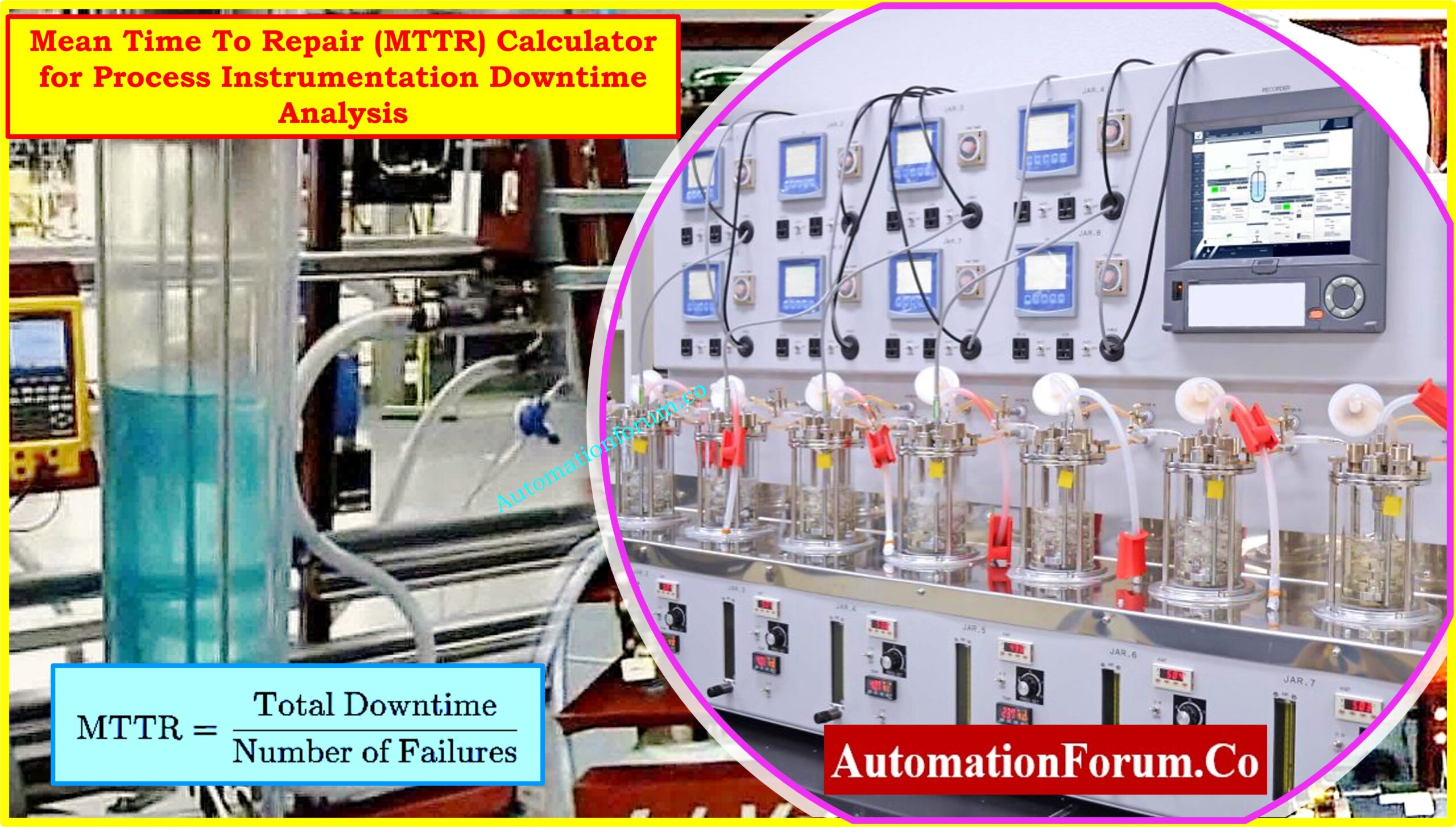Metal thin-film sensor

The main body and the diaphragm of a metal thin-film sensor are usually made of stainless steel. They can be manufactured with the required material thickness via machining the diaphragm in automatic precision lathes and
then grinding, polishing and lapping it. On the side of the diaphragm not in contact with the medium, insulation layers, strain gauges, compensating resistors and conducting paths are applied using a combination of chemical
(CVD) and physical (PVD) processes and are photolithographically structured using etching .

These processes are operated under clean room conditions and in special plants, in some parts under vacuum or in an inert atmosphere, in order that structures of high atomic purity can be generated. The resistors and electrical conducting paths manufactured on the sensor are significantly smaller than a micrometre and are thus known as thin-film resistors.
The metal thin-film sensor is very stable as a result of the materials used. In addition, it is resistant to shock and vibration loading as well as dynamic pressure elements. Since the materials used are weldable, the sensor can be welded to the pressure connection ? hermetically sealed and without any additional sealing materials. As a result of the ductility of the materials, the sensor has a relatively low overpressure range but a very high burst pressure.
Ceramic thick-film sensor

The main body and the diaphragm of the ceramic thick-film sensor are made of ceramic. Aluminium oxide (Al2O3) is widely used due to its stability and good processability. The four strain gauges are applied as a thick-film paste in a screen-printing process onto the side of the diaphragm which will not be in contact with the pressure medium, and then burned in at high temperatures and passivated through a protective coating. No impurities are permitted during the screen-printing and the burn-in processes. Therefore, manufacturing is usually performed in a cleanroom
(Fig. ). Only the leading manufacturers are able to operate their plants with the proper segregation in order to avoid any cross-contamination and thus maintain the high process stability

The ceramic used for the sensor is very corrosion-resistant. However, installation of the sensor into the pressure measuring instrument case requires an additional seal for the pressure connection, which will not be resistant against all media. In addition, the ceramic is brittle and the burst pressure is therefore lower in comparison to a metal thin-film
sensor.





